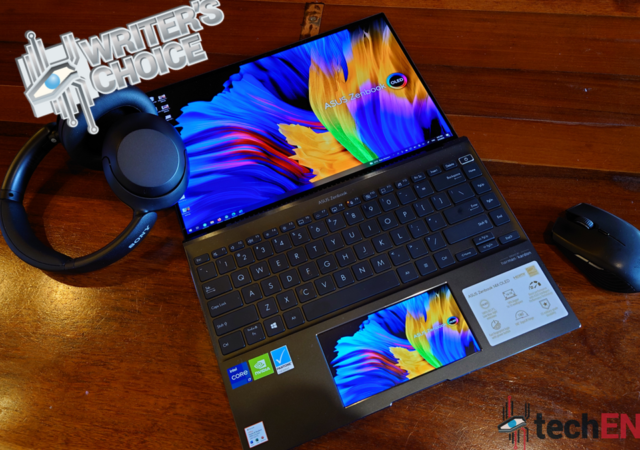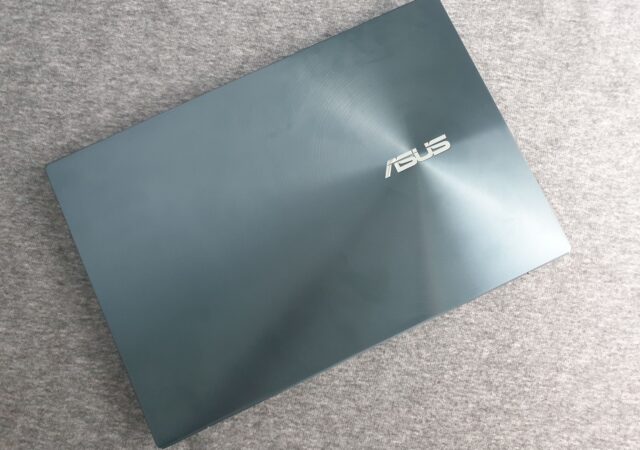Get a break down of the experiences, hardware and features of one of ASUS’s most powerful productivity machines – the ASUS Zenbook 14X OLED (UX5400E).
The ASUS ZenBook Pro Duo In-Depth Review – Two is Better Than One?
The PC that we know today has evolved leaps and bounds from the old days. These days, while PC towers are still around, and you can buy a decent one for less than MYR 2,000, portable PCs are kings. They…




